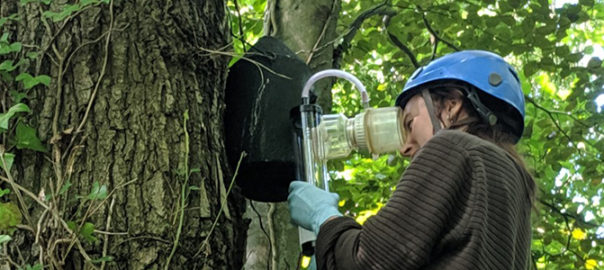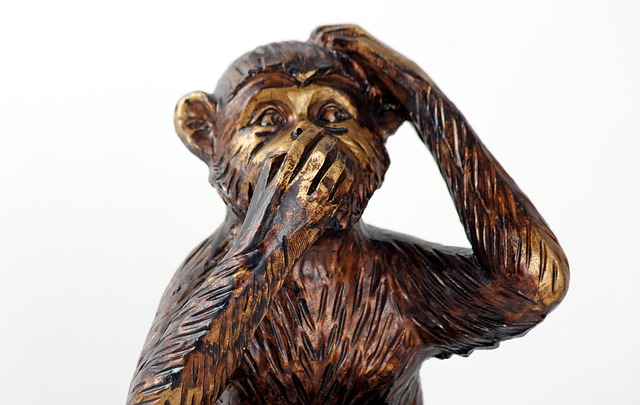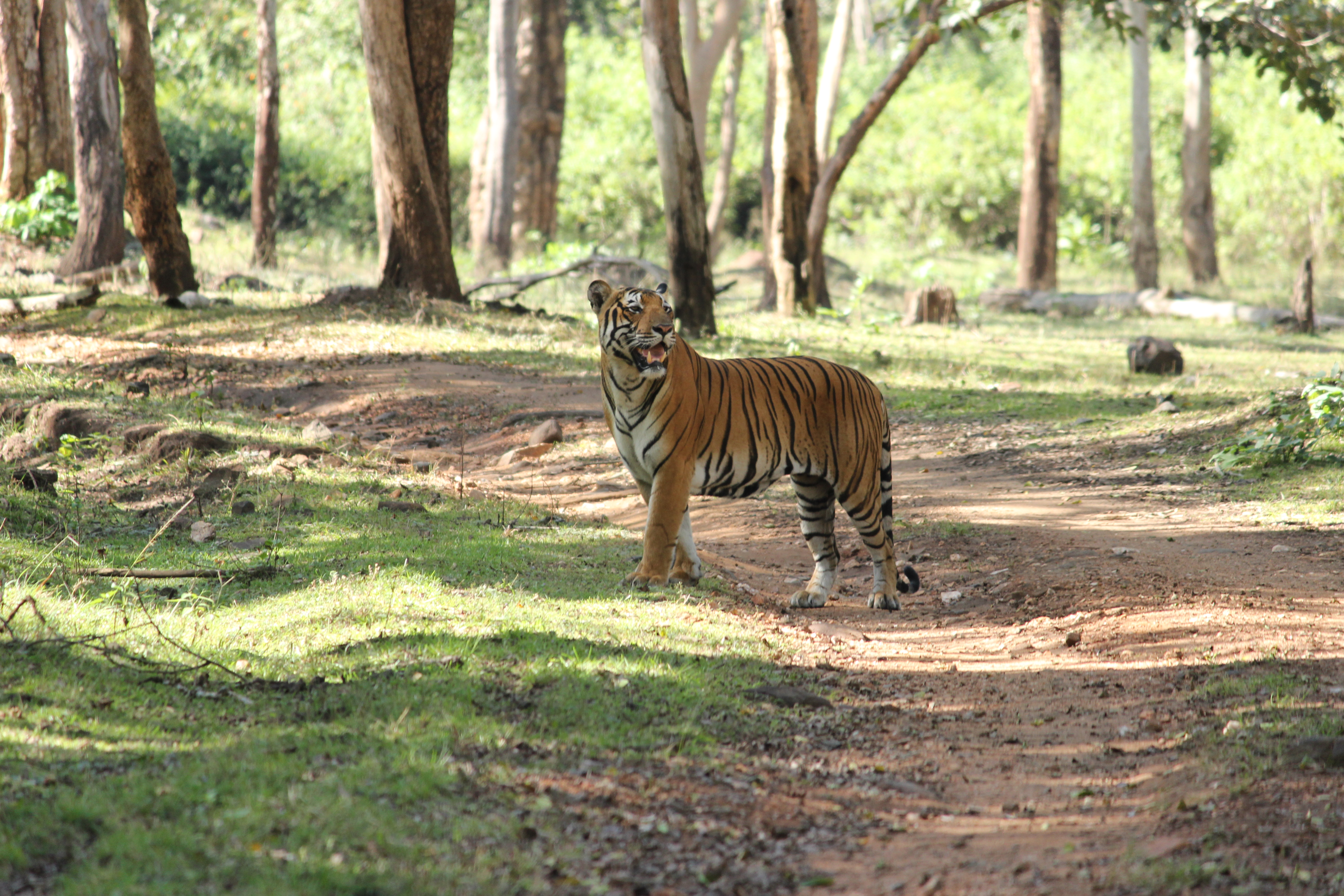Most people who go on safaris will know that sighting a wild animal in the jungle is not easy. You might roam for hours without even a trace of a tiger or a leopard or a rhino. It is especially harder for field researcher who spends hours and days inside the forests and can still come back empty-handed. For rare and endangered species, no sighting could mean lesser knowledge about their existence in some regions, which in a rapidly urbanising world translates to the quicker conversion of precious habitats to land for human use.
But one UWE Bristol’s student has thought of a solution – using the air around us, to detect an animal’s presence. Beckie Green is building a prototype of a novel handheld device that extracts DNA from the air to determine which animal lives in that habitat.
Also Read: Every Bite of Seafood you Eat is Full of Plastic
According to TechSpark, “The abDNA (airborne DNA) sampler consists of a vacuum pump that pulls air through a filter. A nozzle is placed inside a small space like a furrow, tree hole, or crevice when the animal is absent, and DNA present in the air from its fur, skin or faeces gets caught in the filter, which is later sent to the lab for testing. The pump is set to take the user just minutes to collect the sample in the field.”
Beckie says this device could make it easy for researchers to look for animals in a non-invasive way.
“It has previously been hard to capture DNA samples because if we take bats, for instance, they sometimes live in small and awkward holes that are hard to access. The usual method is to use an endoscope with a light on the end, but this is very invasive and expensive because it takes time.
“Using abDNA is a non-invasive method that is better for animal welfare as the animal doesn’t have to be there during the procedure.”
The student believes her device can be easily used to detect meerkats, badgers, mice, and other nocturnal animals. For animals that are rare and enough data is not available, the device could provide valuable information to researchers, and helping in the conservation of their habitats.
Dr Mark Steer, who is a lecturer at UWE Bristol and working with Beckie on the project says the device can become invaluable.
“Even in the UK, we know very little about the resting and roosting habits of many animals. This device could give us an opportunity to dig into some of these conservation questions that we have not had the chance to look at before.”
Beckie’s idea was one of the shortlisted entries for this year’s Con X Tech Prize, an international competition that calls for innovative ways to solve conservation challenges. The team was given $3500 to develop a prototype of the device which would be presented on October 18.
Featured image UWE Bristol




